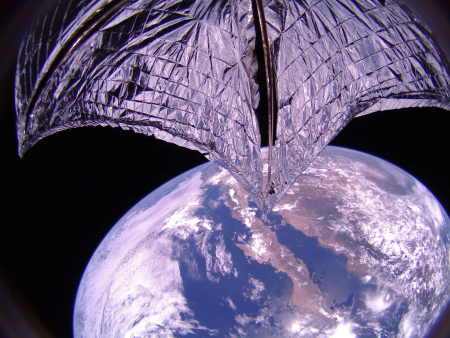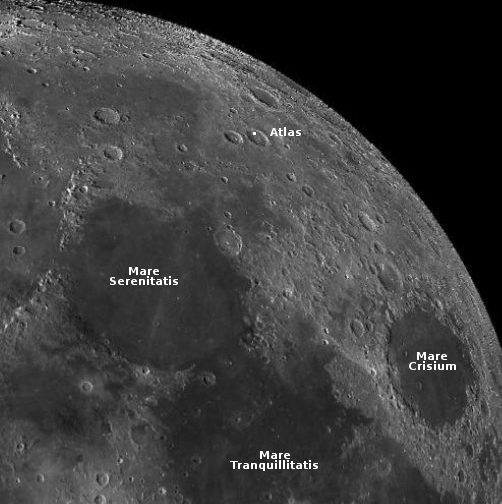First commercial passenger spacewalk on Dragon will involve depressurizing entire spacecraft
According to an interview to Space.com by the four crew members on next year’s private manned Dragon flight financed by Jared Isaacman, the spacewalk, the first involving commercial passengers, will include all four passengers, since Dragon will not have an airlock and will be depressurized entirely when the hatch opens.
“We’ve collectively taken the position that we’re all going for an EVA,” Isaacman said, adding that the spacecraft cabin is to be depressurized in a hard vacuum. “Whether you’re sticking your head outside, you are doing an EVA. We are contemplating two people on the outside of the vehicle,” Isaacman said, “and two would be inside making sure that everything is going correct.”
To accommodate the spacewalk, this Crew Dragon will not be outfitted with a transparent dome, as was the case for the Inspiration4 mission.
The mission is presenting targeting March ’23 for launch.
According to an interview to Space.com by the four crew members on next year’s private manned Dragon flight financed by Jared Isaacman, the spacewalk, the first involving commercial passengers, will include all four passengers, since Dragon will not have an airlock and will be depressurized entirely when the hatch opens.
“We’ve collectively taken the position that we’re all going for an EVA,” Isaacman said, adding that the spacecraft cabin is to be depressurized in a hard vacuum. “Whether you’re sticking your head outside, you are doing an EVA. We are contemplating two people on the outside of the vehicle,” Isaacman said, “and two would be inside making sure that everything is going correct.”
To accommodate the spacewalk, this Crew Dragon will not be outfitted with a transparent dome, as was the case for the Inspiration4 mission.
The mission is presenting targeting March ’23 for launch.



